“Hands on Harmony” is different from my other classes in that it started as a virtual RETREAT where harpists went from the fundamentals of scales to the complexity of jazz chords all in one day.
We recorded that live retreat, and then edited it. Then we created a PDF handout from the examples and outlined the basic principles so people have a printable reference. And finally, we chunked the video into bite-size pieces that harpists can now work through at their own pace and repeat as many times as they like. Et voilá! “Hands on Harmony!”
I originally gave the class in a single day so that people could really see and feel how harmony developed, expanding from very basic concepts that anyone with a keyboard or a harp could do, before even learning to ‘play’ the instrument. (And as a special bonus, because it was all recorded live, you get to see me get scruffier and scruffier as the day advances and I get more and more excited about one of my favorite subjects in the world: How music works!)
I wanted to do it a single day in part, because I watched the way I, personally, learn. With fundamental concepts, I like to see the whole thing first — in one fell swoop – and then go through it several times to make it ‘my own.’ I wanted the students to know that they could sequester themselves in a room for day – once or twice (or twenty times) a year – and go through the program again and again, each time picking up more and seeing how they’re applying it to the music they play.
(This, by the way, is one of the things you learn)
What are “Harmony” and “Theory”?
For non-musicians, training in “Harmony” and “Theory” is basically training in the way music ‘works’ – and in particular, how chords work – how they’re built, how you can modify them, and because we’re also learning to play with them, “Hands on Harmony” also shows you how you can split them apart into the ‘roles’ of melody, accompaniment and bass. Learning harmony helps you know how to create your own music, improvise music, play with others and even to understand better what a composer is ‘doing’ in the music you read, so you can collaborate better with them as a performer.
(in this screenshot I’m showing how to quickly ‘grab’ this “sus 4” chord that sometimes stymies harpists)
Harmony on the Harp is Holistic
OK, yeah … this might be geeky harp harmony but to me it’s exciting because … well, because if I set it up right, my instrument does the thinking for me.
Don’t get me wrong, I love the piano – it’s the instrument I use for composing – but the way it’s structured doesn’t give you any help in understanding how harmony developed, since harmony developed from instruments more like the harp.
On the harp, shifting from key to key is completely different. You want to play a G scale? You shift a lever or pedal to make the F”s sharp and then the whole harp is now in the key of G, you start on the G and play a scale. There are only 8 possible strings in each octave and you change them to resonate to the key you’re in.
This creates other pitfalls and complexities — but for learning concepts of harmony, it creates the most beautiful, literal, physical representation of how harmony works.
It's the most beautiful, literal, physical representation of how harmony works. Share on X
(in this screenshot I’m showing how many chords that look very complicated, actually show up naturally when you’re in a particular key – so when you know how to recognize them, you can just welcome them as friends rather than worrying about how to create them)
Morphing creates greater Resonance
Like trying to train a cheetah to run by buying it running shoes Share on X>> Cyber Special for Harp Players … PLUS MORE! <<
SIGN UP for “Hands on Harmony” by midnight SUNDAY (Dec. 2, 2018) to
GET the “Hands on Harmony” course
AND a bonus 4-Course ‘Basic Training’ pack that will rock your playing –
ALL for $97! ($297 value!)
See the details for the Special Cyber-Deal HERE!
PROJECTS & PERFORMANCES:
FOR HARPISTS:
- Join Hip Harp Academy
- Harp Time Live (FREE Weekly Playalong)
- FREE Resources

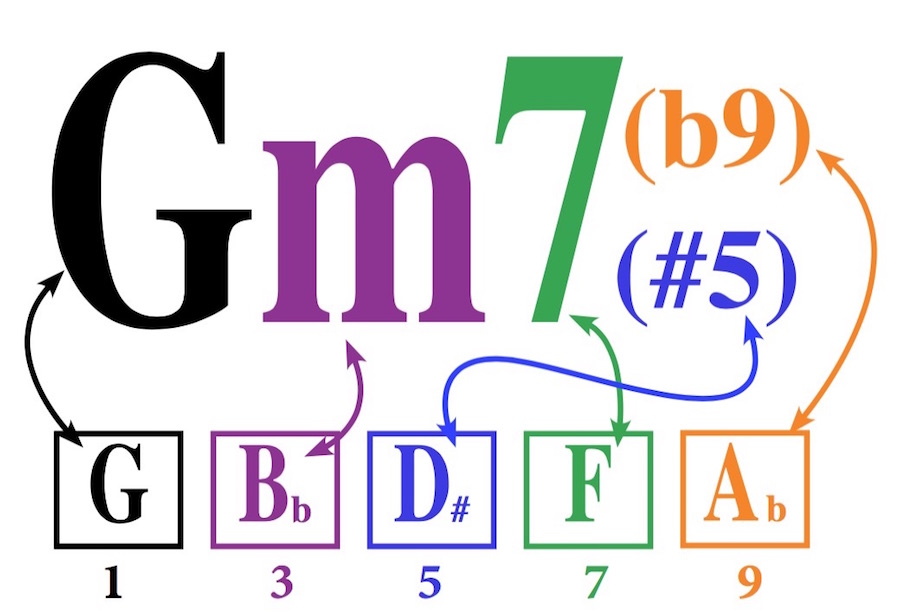
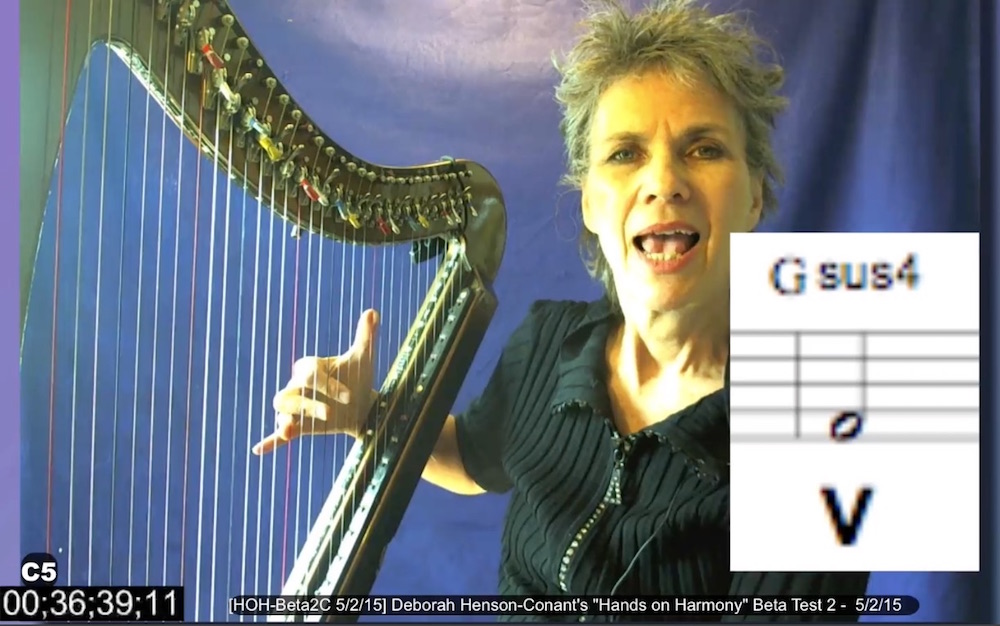
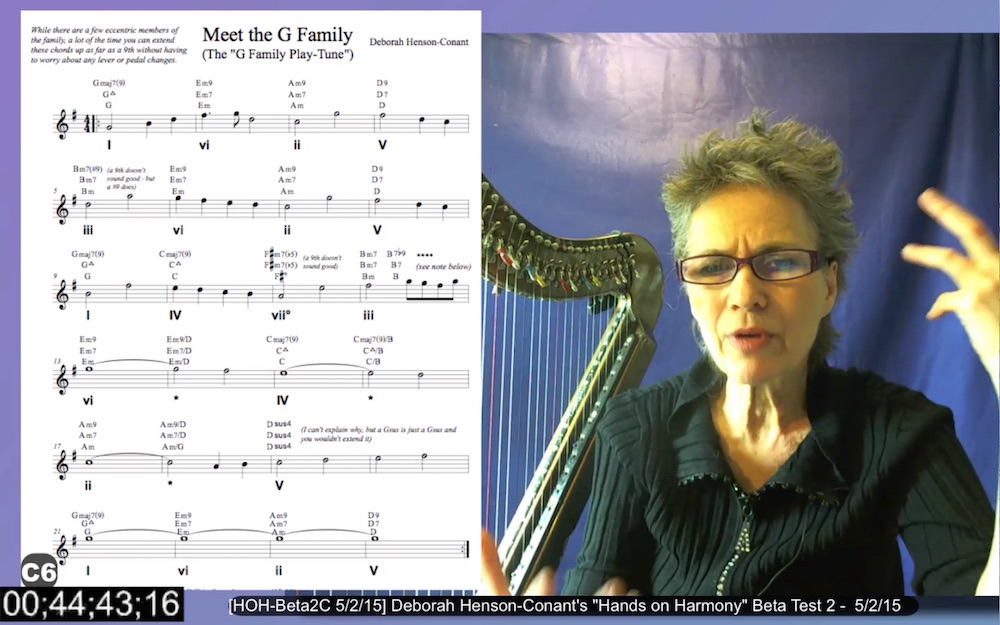
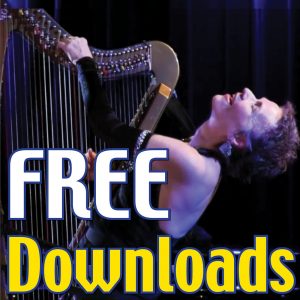
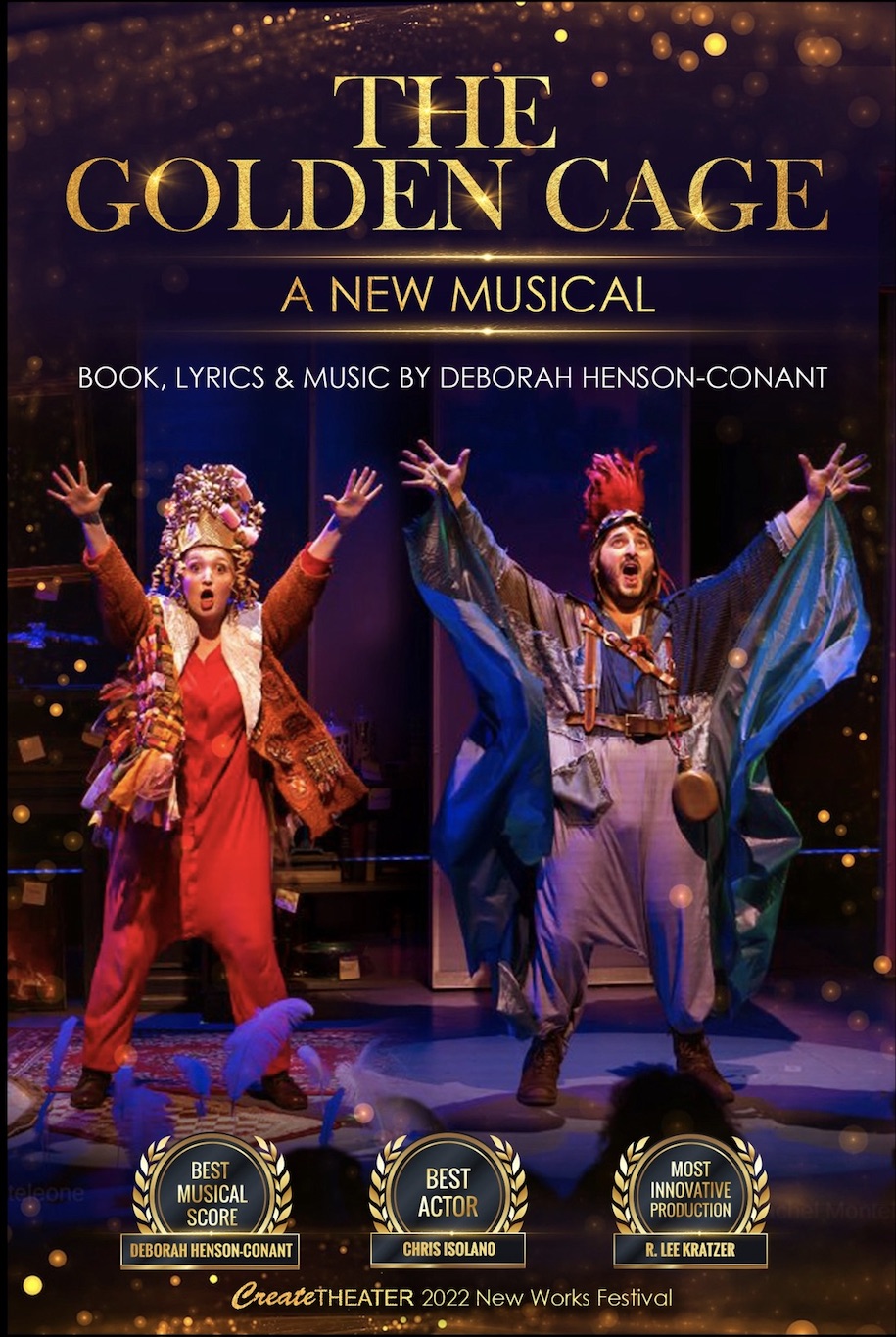
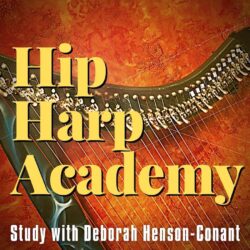
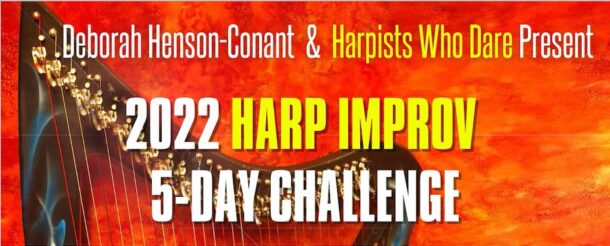
Join for Freebies, Stories & News
Join to get weekly-ish emails with stories, videos & events like concerts & classes
Yay! You should get my next newsletter within the next 7-10 days. I'm so happy we'll be in touch!
I won't ever share your email address with others - and you can unsubscribe anytime, tho most people say they really enjoy these weeklish emails.